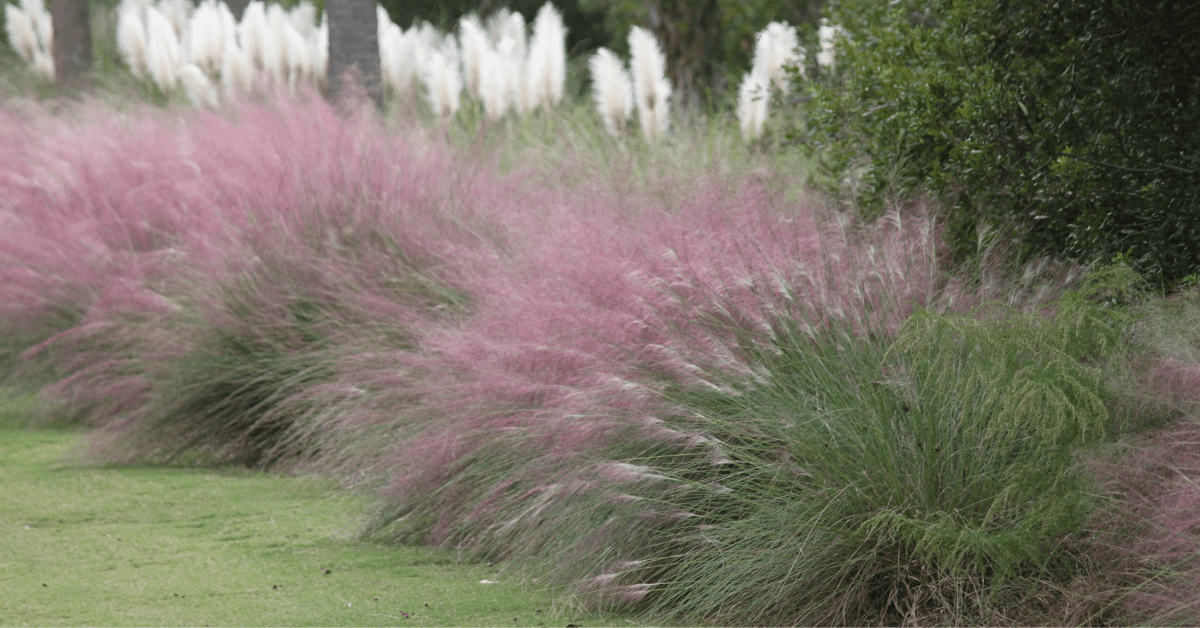
There are numerous types of ornamental grasses, and they can provide texture, movement and beauty to any landscape. These plants can be used as groundcovers, specimen plants, erosion control and vertical design elements.
While they require little effort to maintain, they do still benefit from regular care such as pruning and dividing.
Pruning
Whether pruning is necessary and when to conduct it all depends on the specific species of ornamental grasses, but they can be grouped like turfgrasses by cool-season and warm-season.
Cool-season ornamental grasses grow the most in the spring before temperatures get above 75 degrees Fahrenheit and in the fall. Warm-season ornamental grasses grow in mid to late spring and even early summer.
Cool-season grasses should be pruned in the spring and left with 1/3 of the plant, as trimming too harshly can damage the plant. Once warm-season grasses turn brown, they can be trimmed back at any time. They should be cut back to a few inches above ground level.
If your clients are in a region where wildfires are common, it’s best to remove the foliage promptly at the end of the season, as the dried clumps can burn easily. It’s also best to trim back in the fall if the ornamental grass depreciates by the end of the season.
While some clients may prefer their fall landscape cleanups to include their ornamental grasses, if that particular species remains attractive through the winter, they can provide landscape interest and food and shelter to local wildlife. These can be trimmed back in February or March before new shoot growth takes place.
Failing to prune ornamental grasses will cause the plant to become untidy and take a poor form. It can also be harder for new foliage to grow through the depreciated foliage.
Evergreen grasses like sedges and carex are grass-like but are not grasses. These often don’t need annual pruning, but you can run your fingers through them to remove the dead leave as they accumulate. If a particularly harsh winter has beat down the foliage of evergreen grasses, you can trim back these to about 3 inches, but this should only be done in emergencies. Harsh pruning can weaken these types of grasses or even kill them if you do this annually.
Dividing
Dividing should be conducted every three to four years as ornamental grasses that are not divided eventually thin or die out in the center. Dividing can also increase the number of plants without having to purchase more.
It’s best to divide grasses while they are a manageable size, as it can be incredibly difficult to dig out and divide overgrown grasses. Most grasses have tough, vigorous root systems and may have to be divided with a shovel, saw, or ax. Replant promptly and never let the roots dry out. Dividing should occur when ornamental grasses are actively growing but not flowering.
Warm-season grasses can be divided in the late spring to mid-summer when they start blooming. Early spring is the best time to divide cool-season grasses, but they can be divided in the fall. Be mindful of freeze/thaw cycles that could heave the plants out of the ground if you opt to divide and replant in the fall.
Because evergreens don’t ever go dormant, dividing them wounds them to some degree. It can impact their ability to live through the winter.

